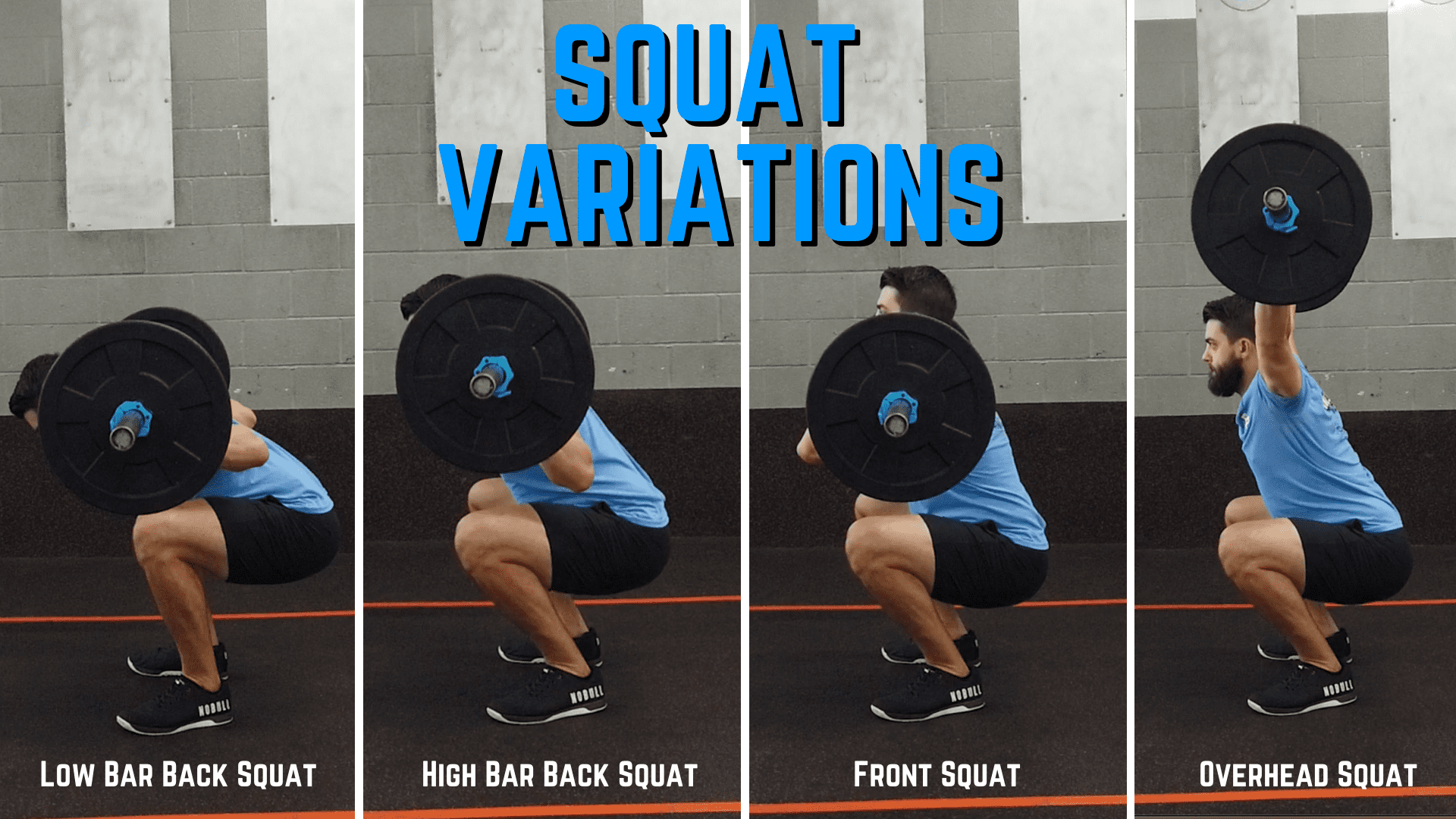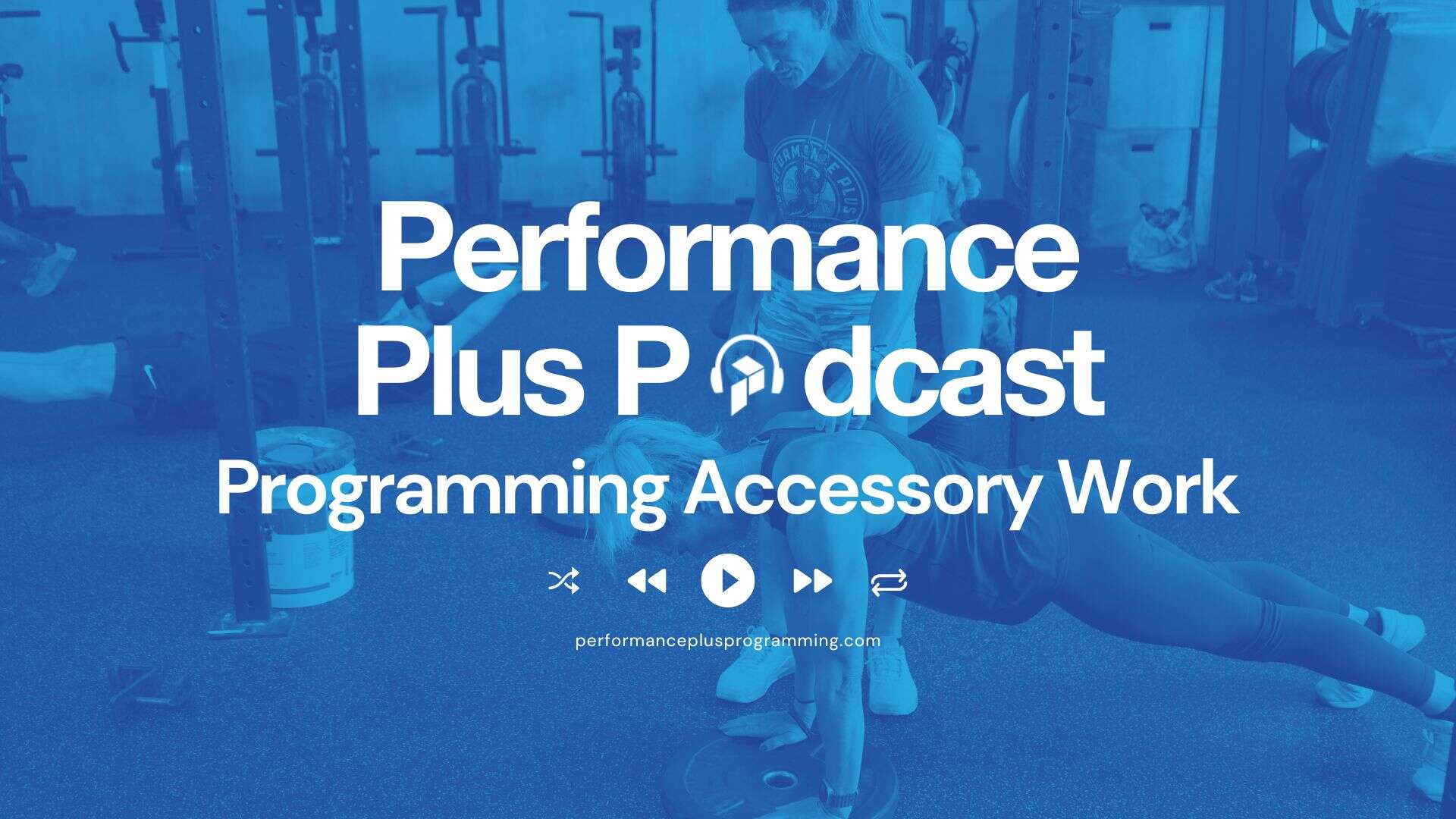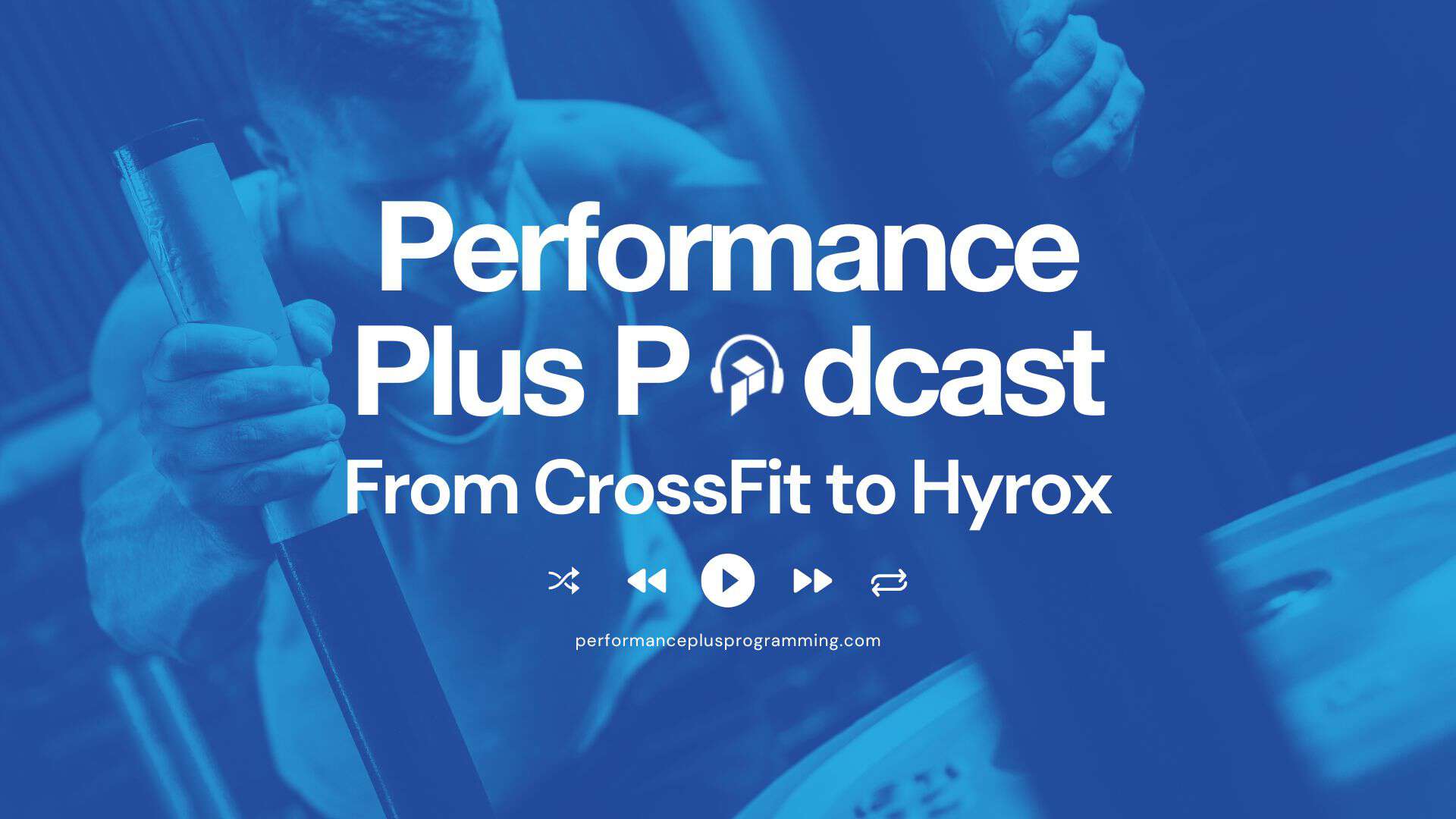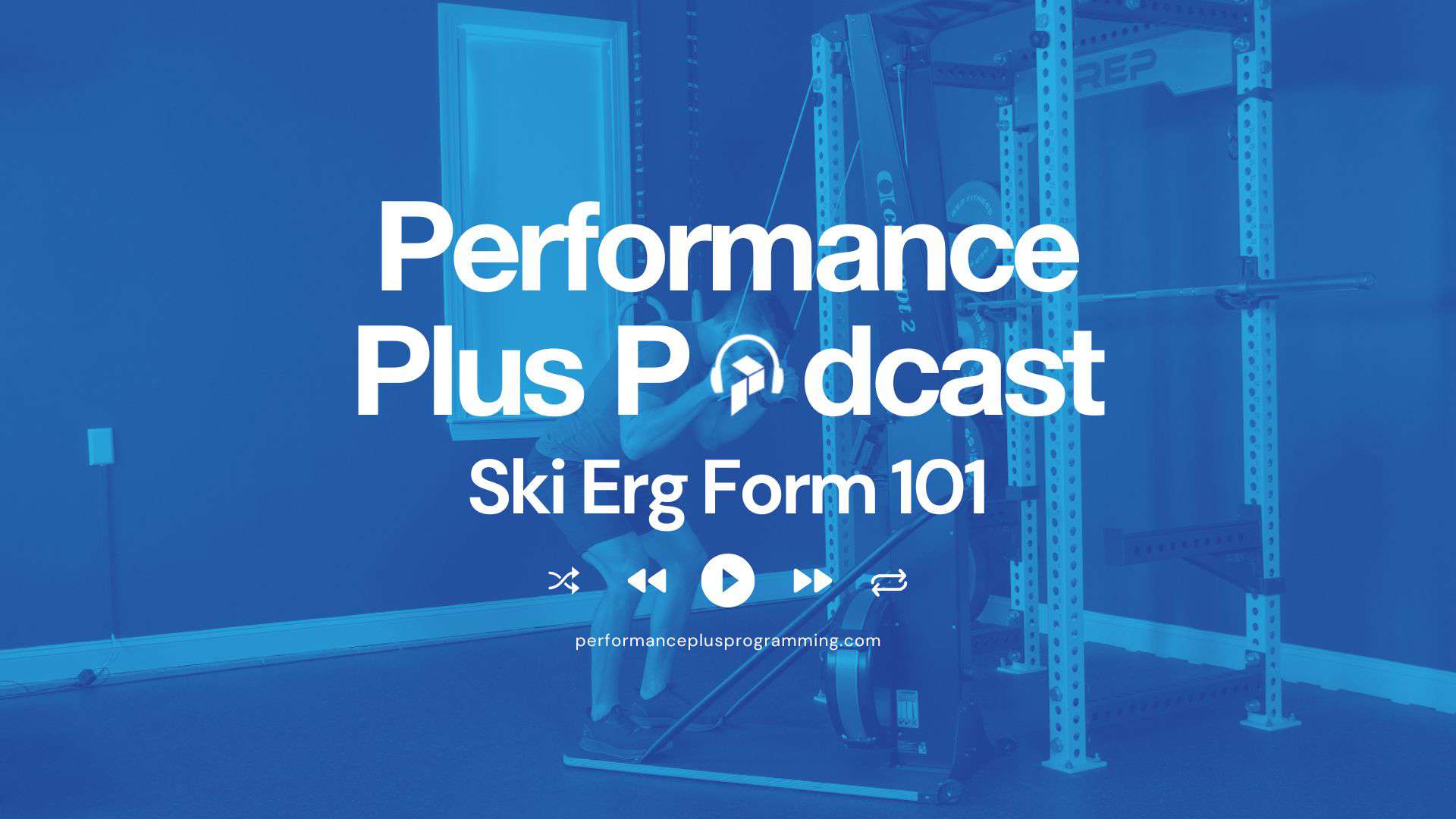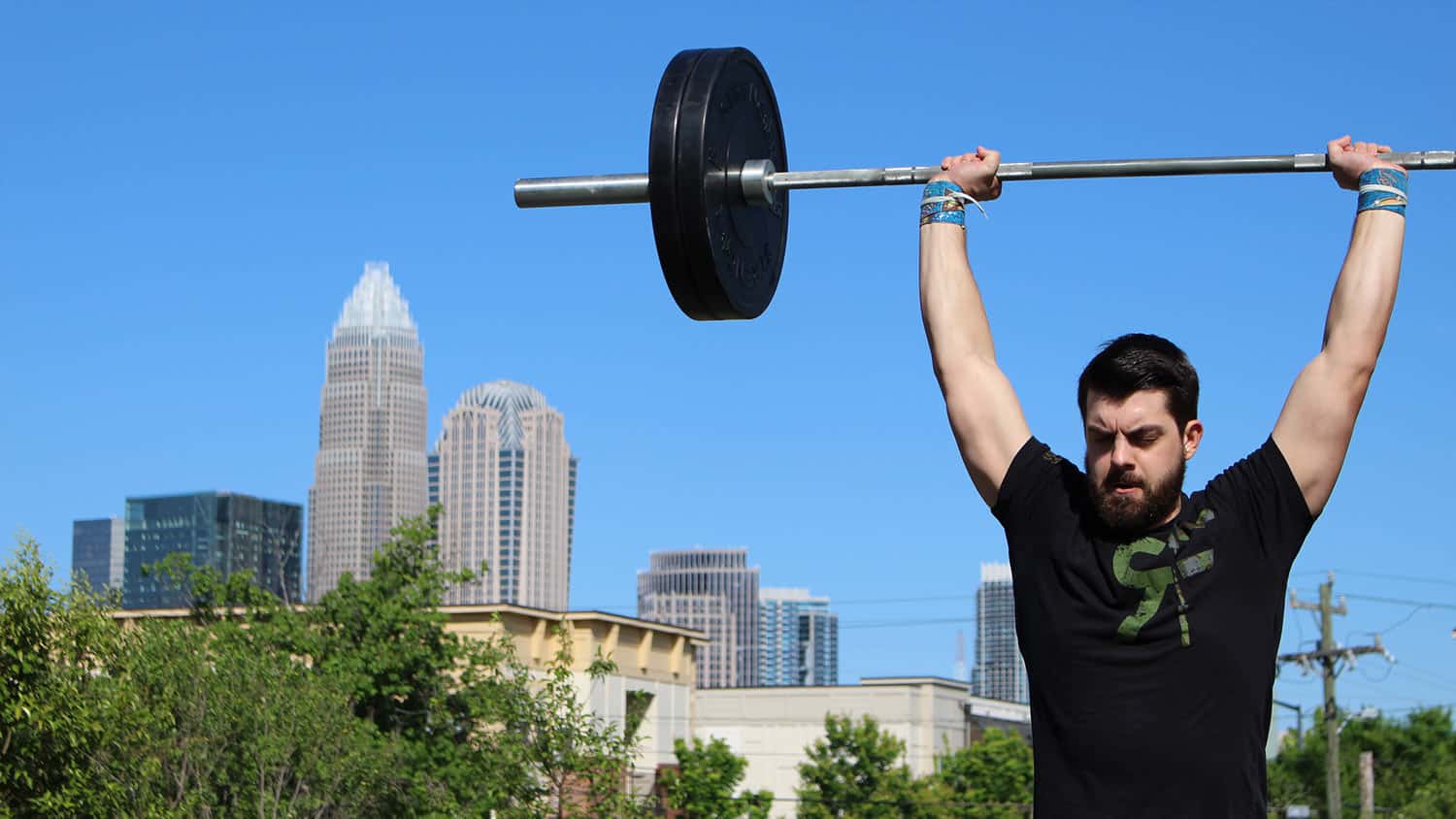
Back vs. Front Squats – Understanding The Differences
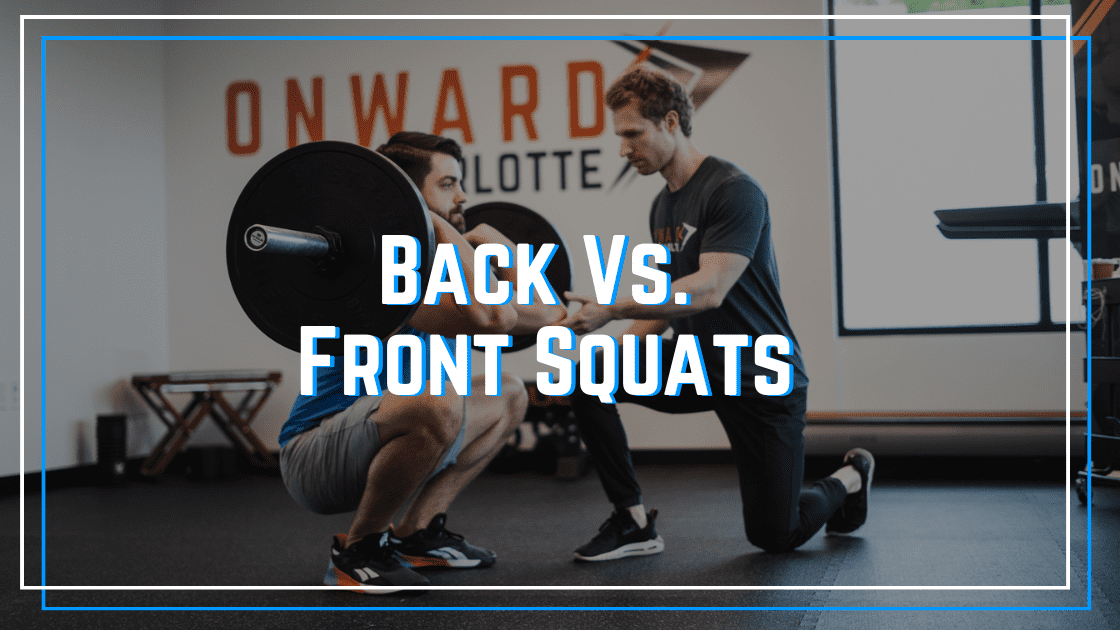
Back squats vs. Front Squats, which is your favorite? Most athletes will prefer one of these over the other but usually can’t say why. Or they can’t understand why one of these variations feels better for them than the other.
We’d love to shed some light on the differences between back vs. front squats to help you understand when to implement each.
Back vs Front Squats Points of Performance
Overall, the points of performance for these two lifts will be very similar. The biggest exception of course will be where the barbell is placed on the lifter’s body. The following two videos review the points of performance of each of these movements.
What you may notice as you compare the two squat variations is that an athlete’s torso angle often changes quite a bit. That comes down to the front rack position of the front squat. Athletes need to stay more upright or holding the front rack becomes very difficult. So we’ll see a more upright torso in the front squat, and a more leaned torso in the back squat.
This image is a great side-by-side comparison of four squatting variations where you can easily see the differences in torso angle of each.
Back vs Front Squat Mobility
The more upright torso of the front changes the mobility demands between these two squat variations. They both require ankle, knee, and hip mobility. But the upright torso of the front squat reduces how much hip mobility is needed for most athletes. And it increases the ankle of ankle mobility most athletes will need.
So athletes with better ankle mobility may prefer the front squat. Athletes with greater hip mobility may prefer the back squat.
The front rack position itself also challenges wrist, elbow, shoulder, and upper back mobility more in the front squat than the back squat.
Our Ultimate Mobility Checklist is a free resource that will help you test mobility in all these areas and more. Identifying where your mobility needs work and attacking it will help you improve squat depth.
Muscle Activation
Gym Bros will commonly refer to the back squat as a more hip dominant squat and the front squat as more quad dominant. Research on this focuses on EMG activation, or the amount of electrical signal being sent to the muscles. In this study, EMG activation didn’t differ between the two, but EMG alone is not the full story.
In the front squat, we see a more upright torso than a back squat. That results in most athletes moving through more hip range of motion in the back squat. The same muscle activation through more range of motion is likely why back squats tend to feel like they work the hips more.
For the front squat, we tend to push the knees further forward as we squat, taking the quads through a larger range of motion, making the front squat feel more quad dominant.
One very important difference in muscle activation does happen with the front rack position. Because the barbell is positioned in front of the body, the front squat tends to challenge thoracic spine strength more than other squat variations. For athletes will weaker upper backs, we will often see their legs continue to drive up, but their upper back round forward and the weight fall due too that weakness.
Back vs Front Squats – Which Wins
The truth is, these are both great squat variations to build leg, hip, and back strength. There are minor differences between the two, but for the average strength enthusiast, working both into a long-term strength program is probably ideal for overall development.
For the athlete competing in specific sports like Olympic weightlifting or powerlifting, of course we’d bias their program towards the lift more specific to their needs.
